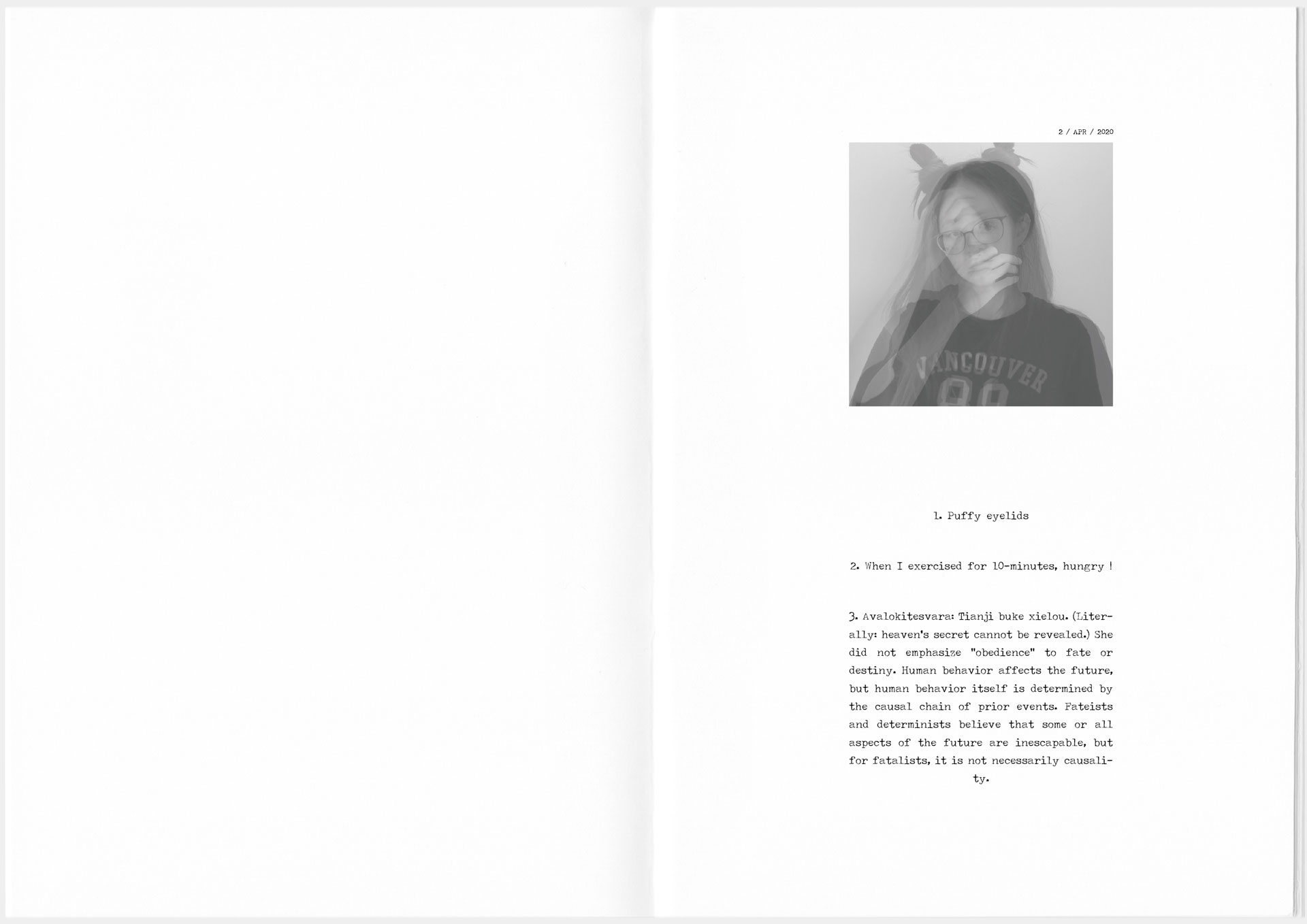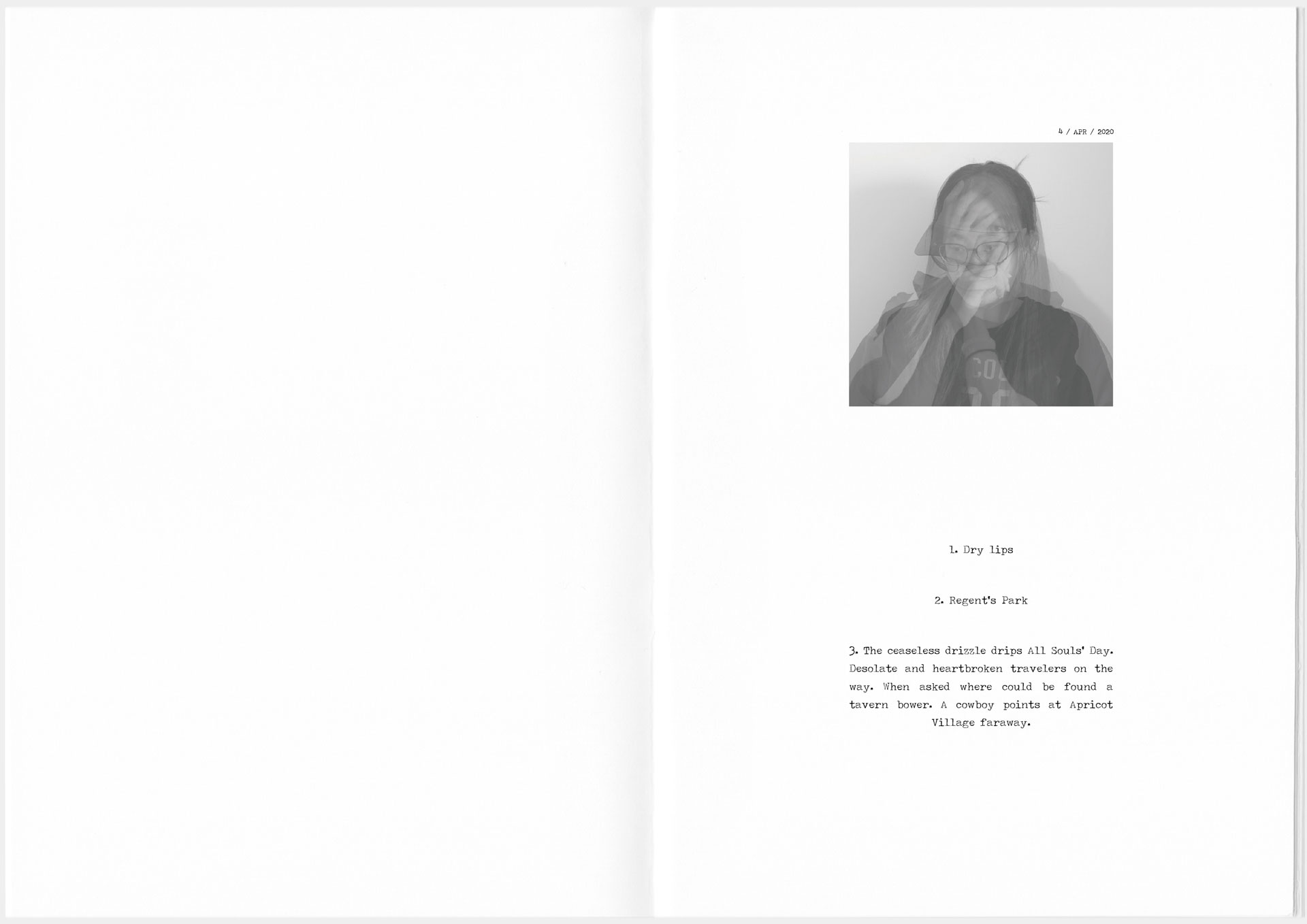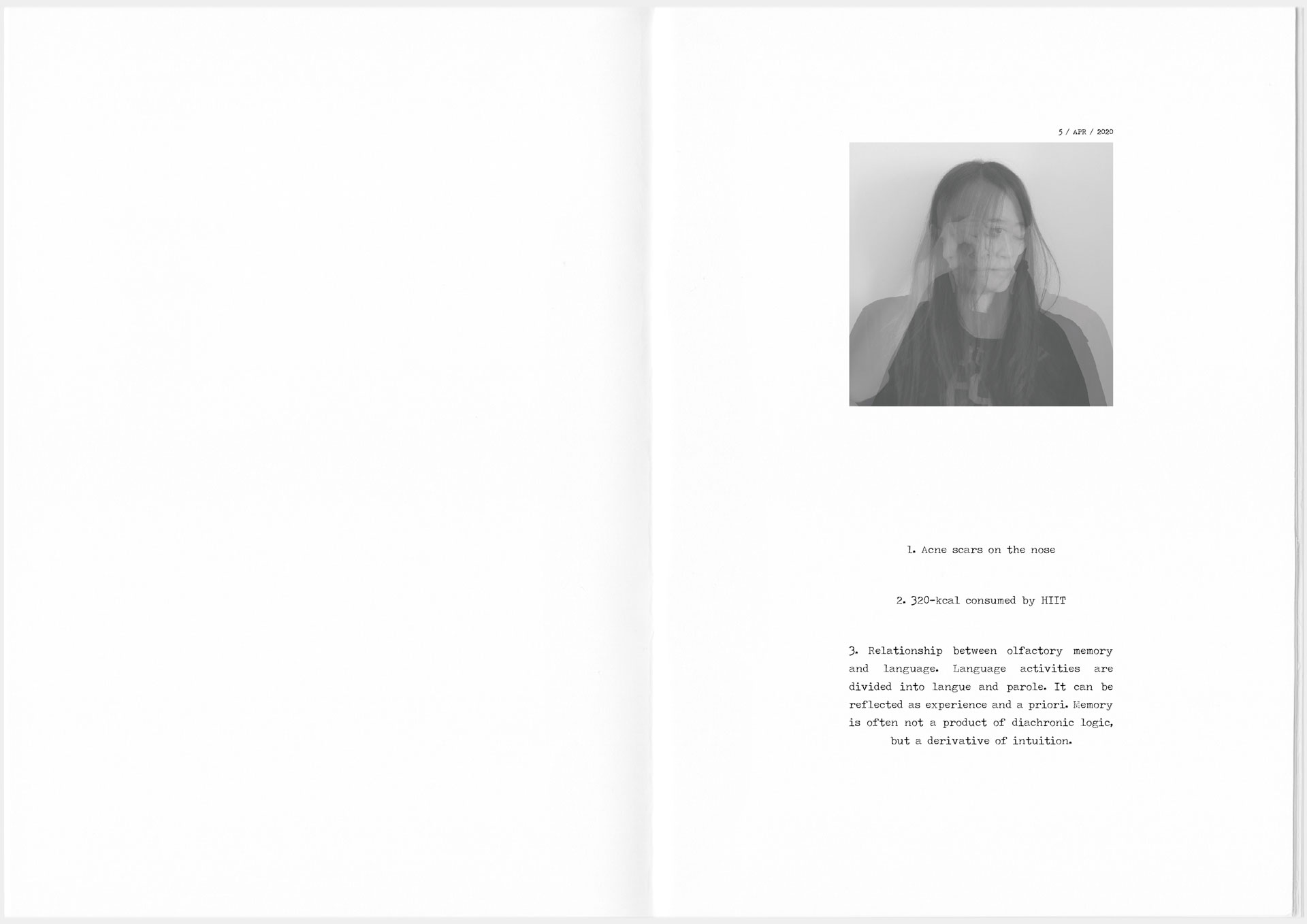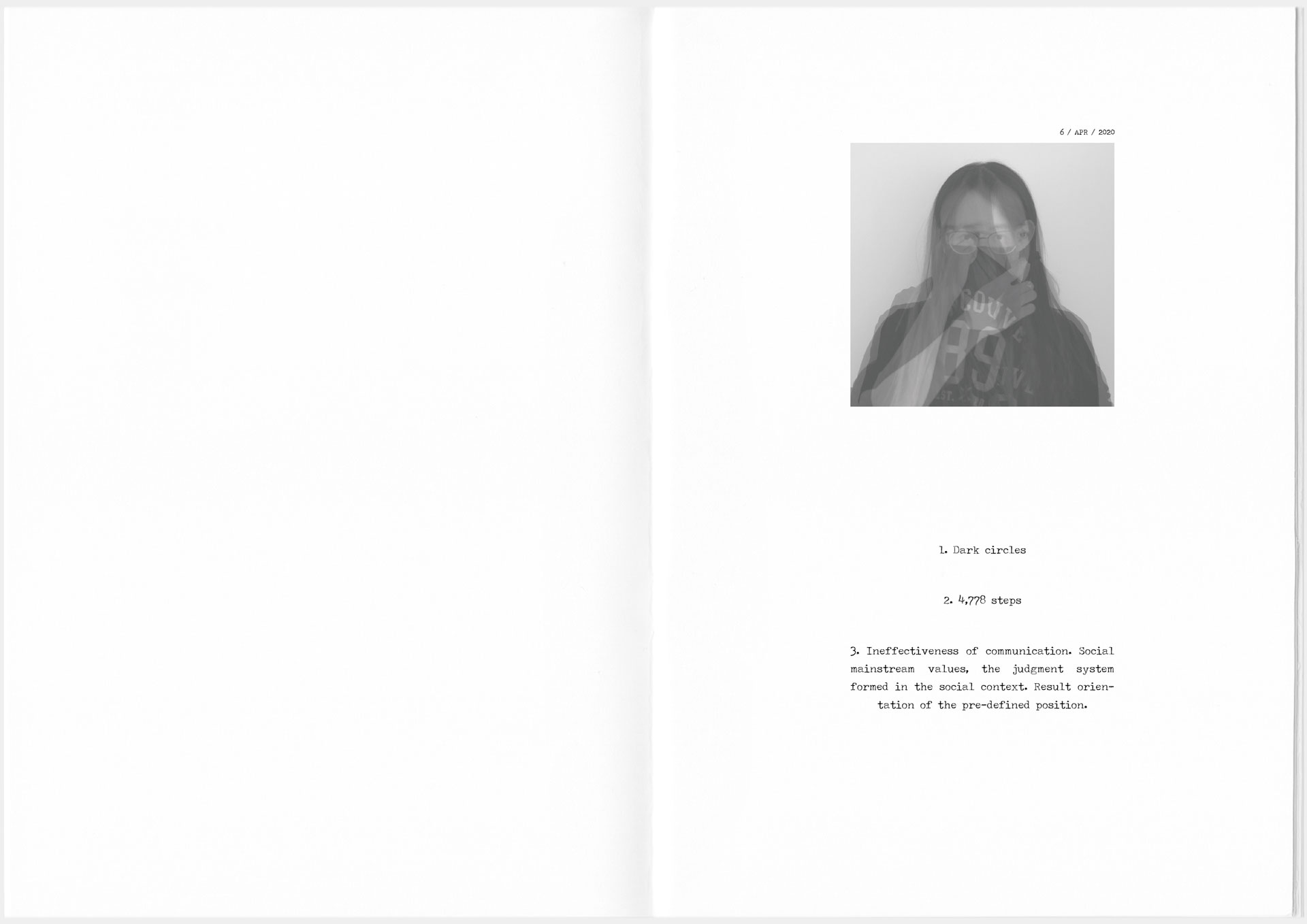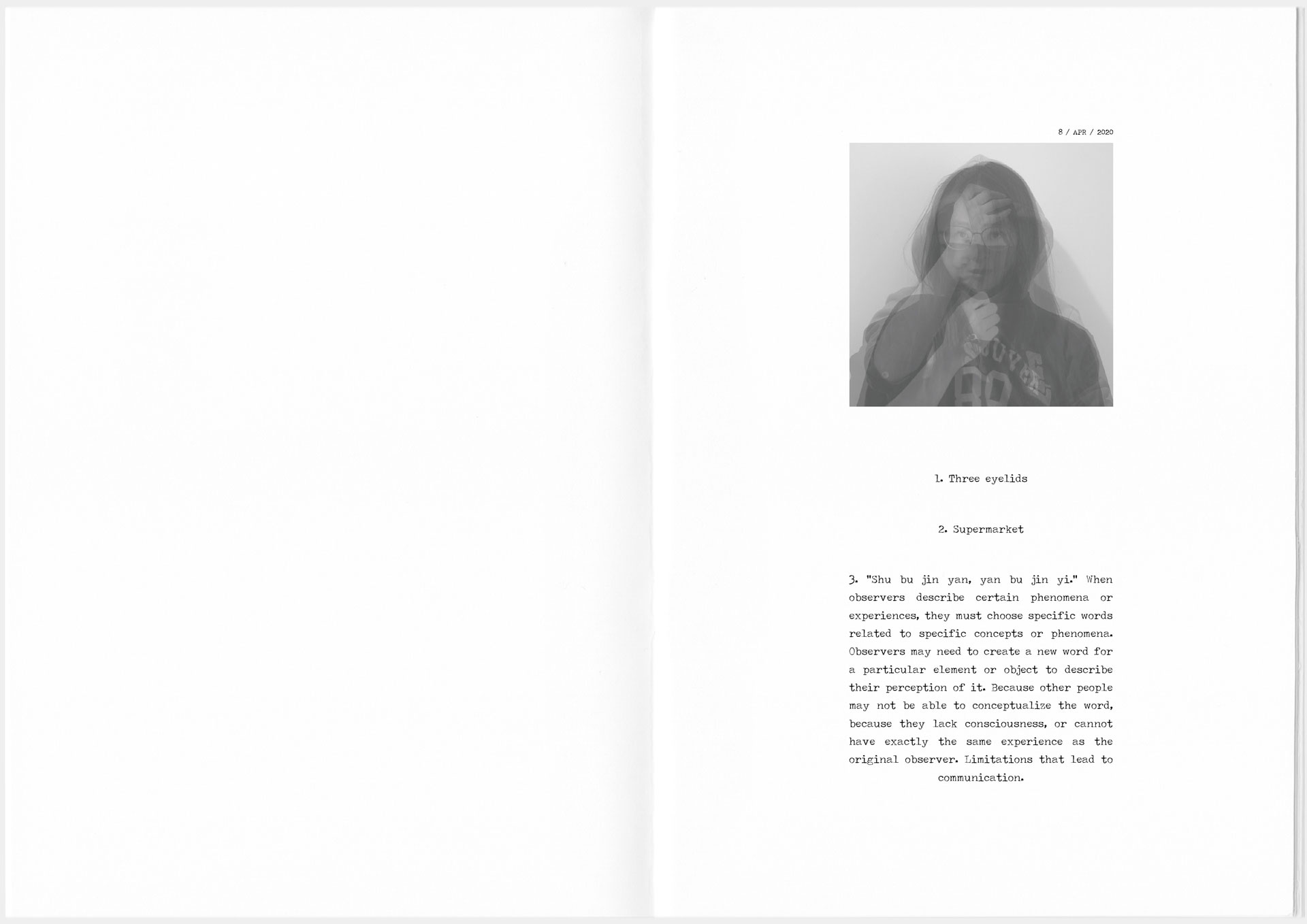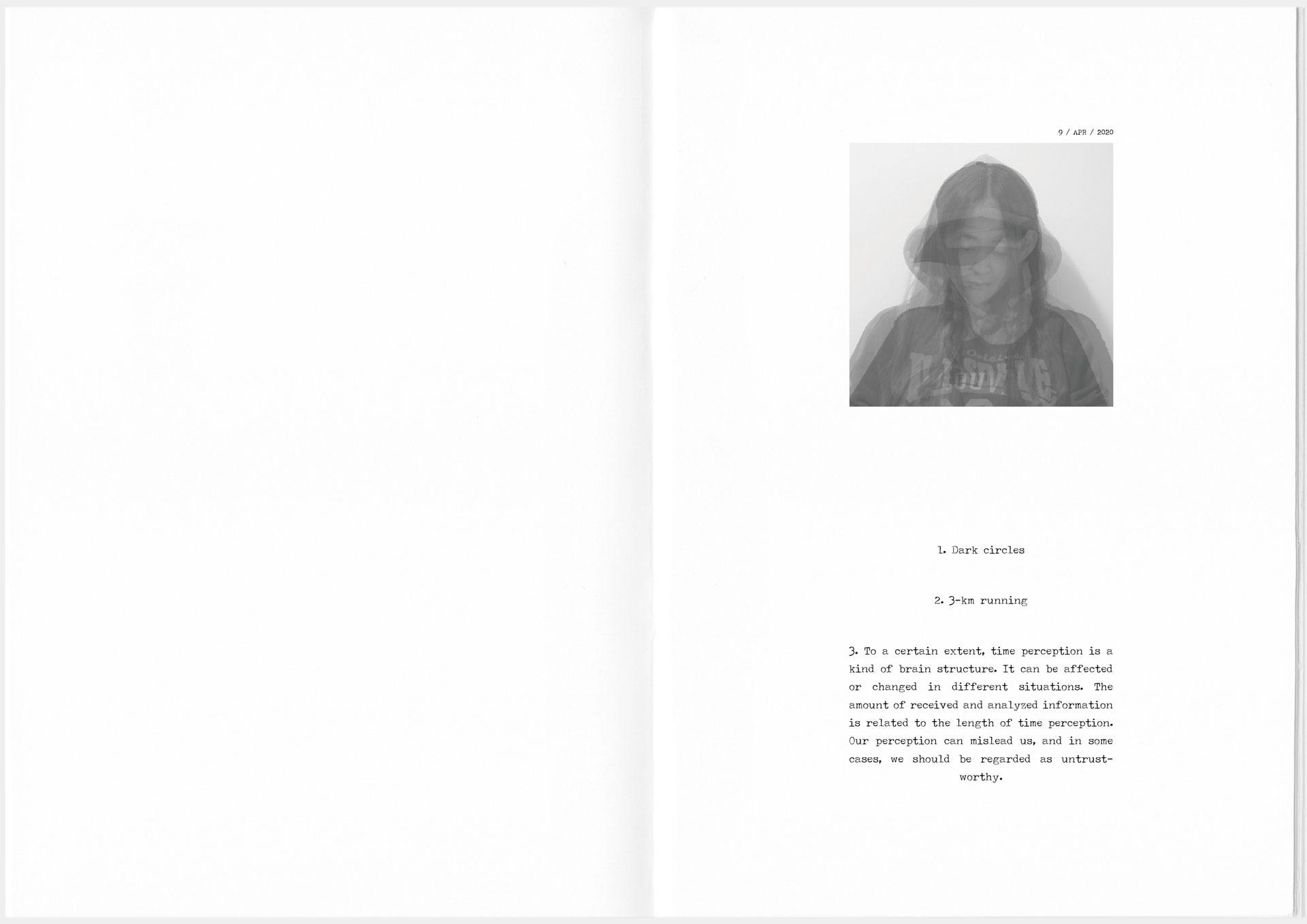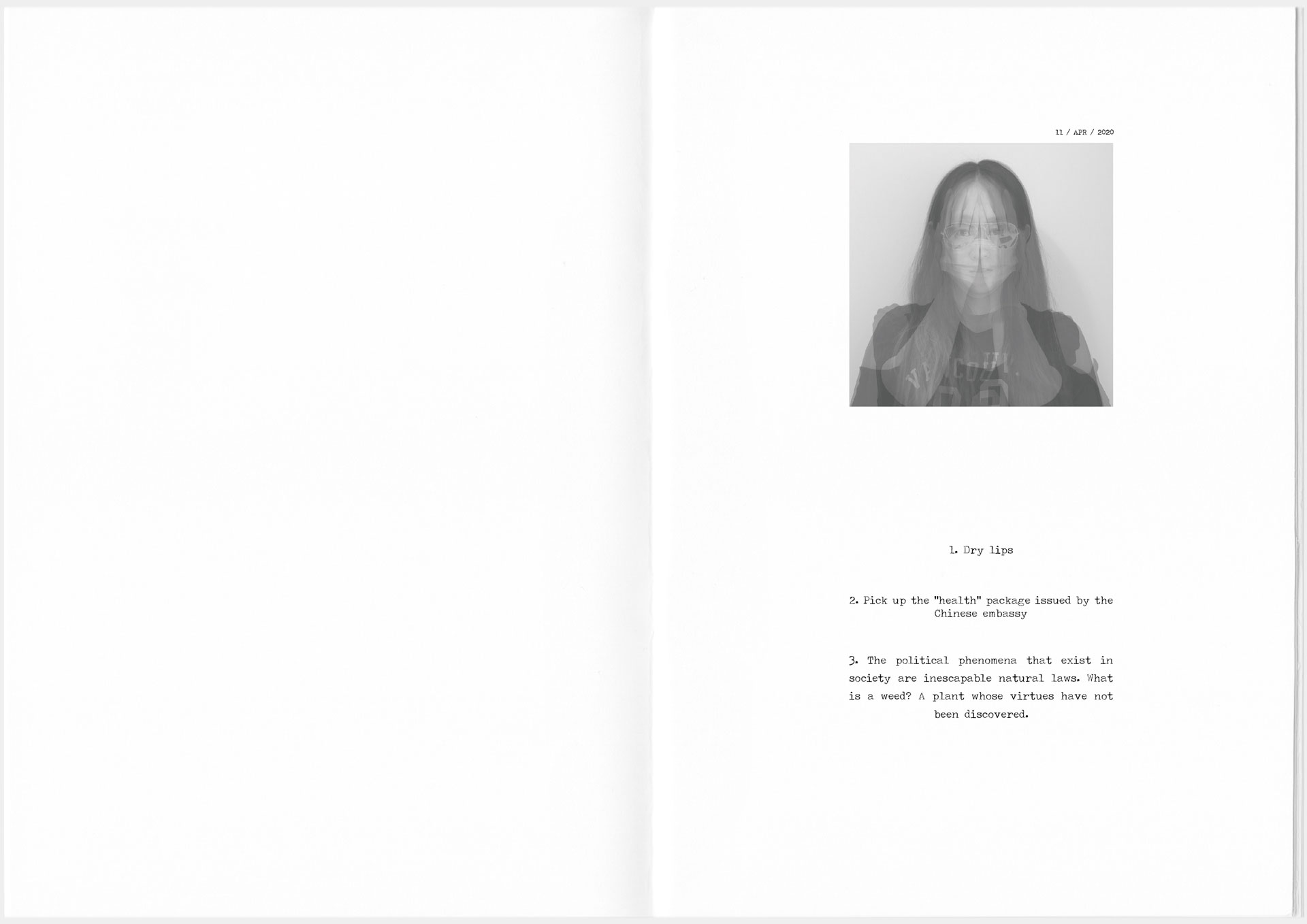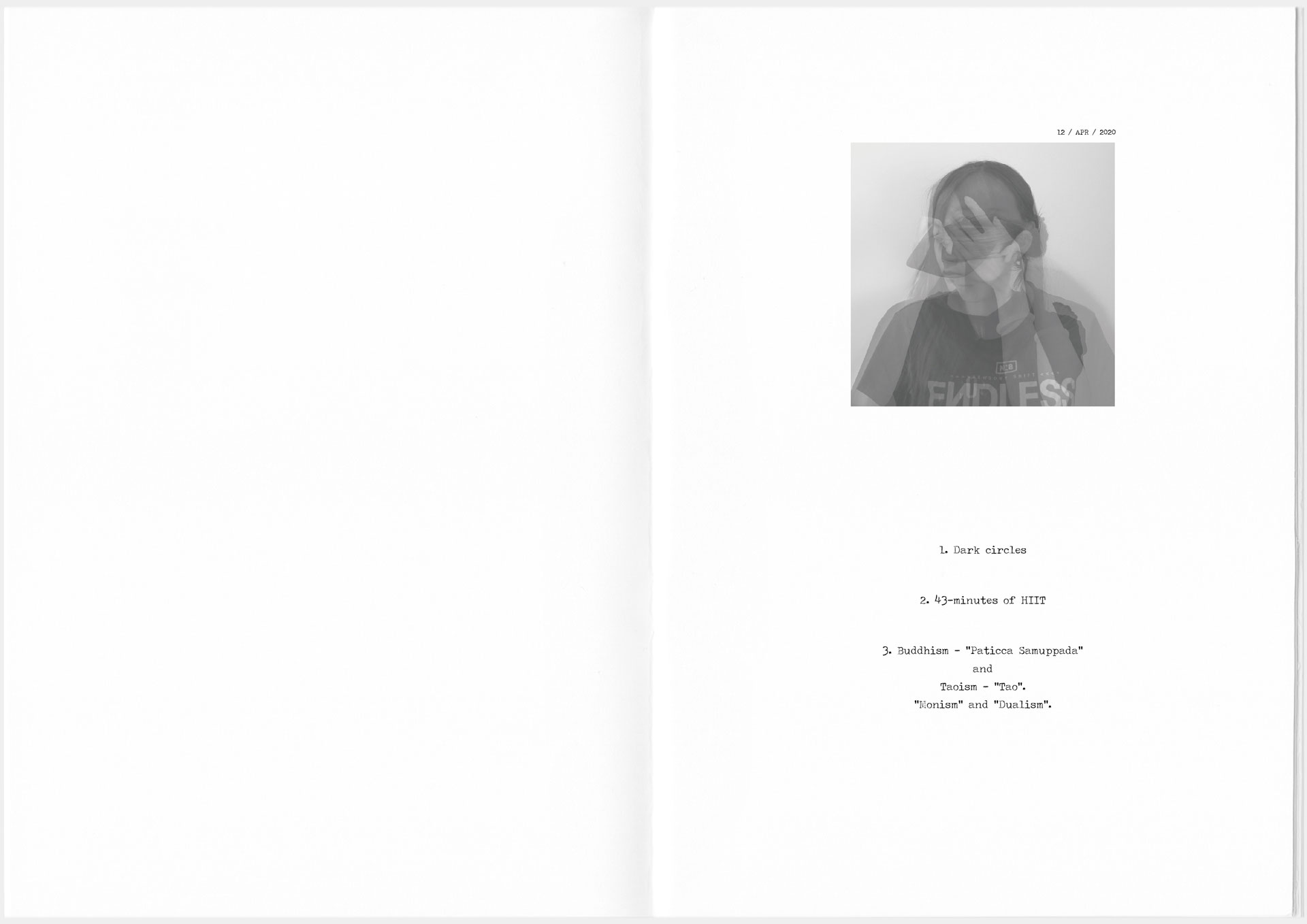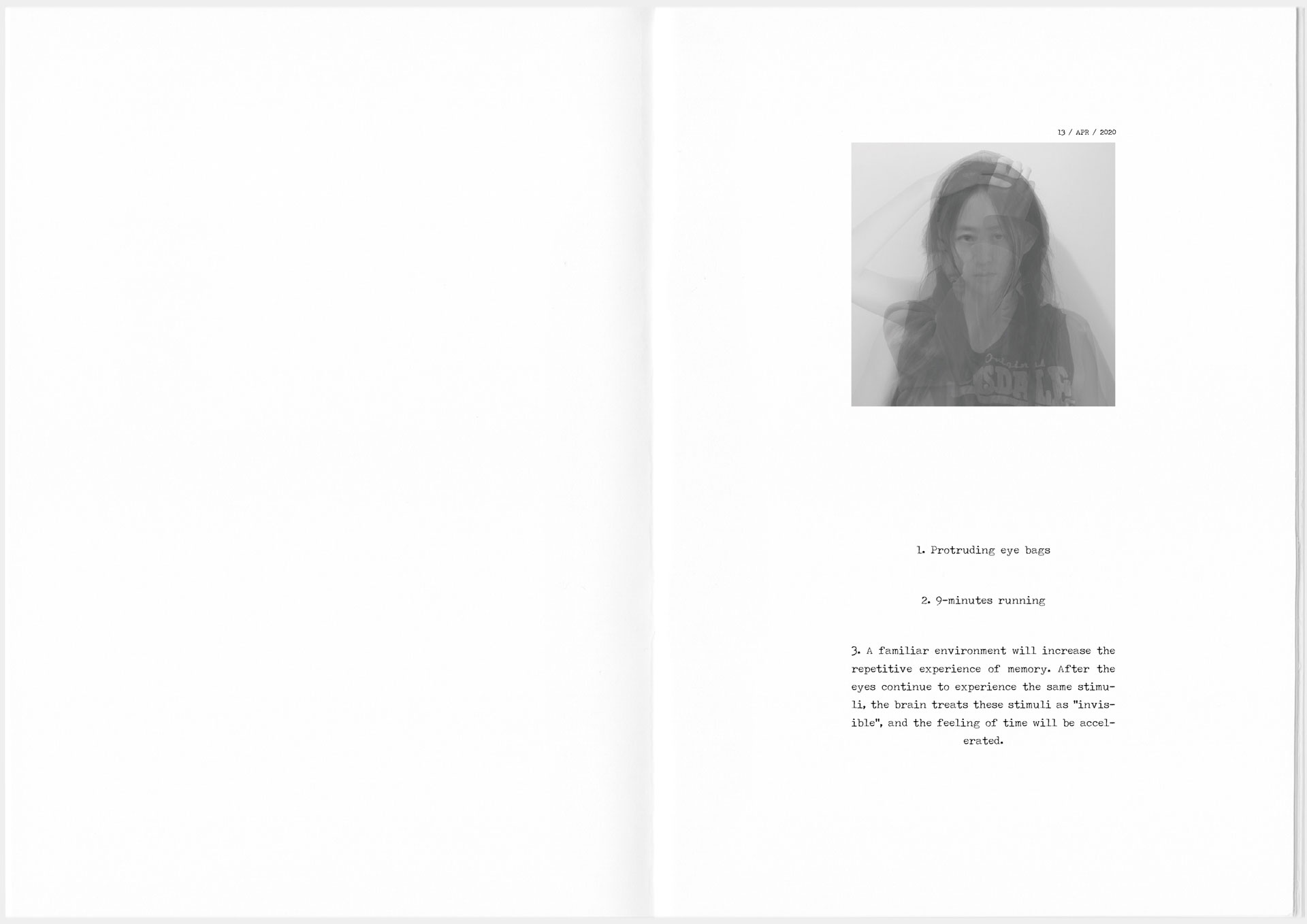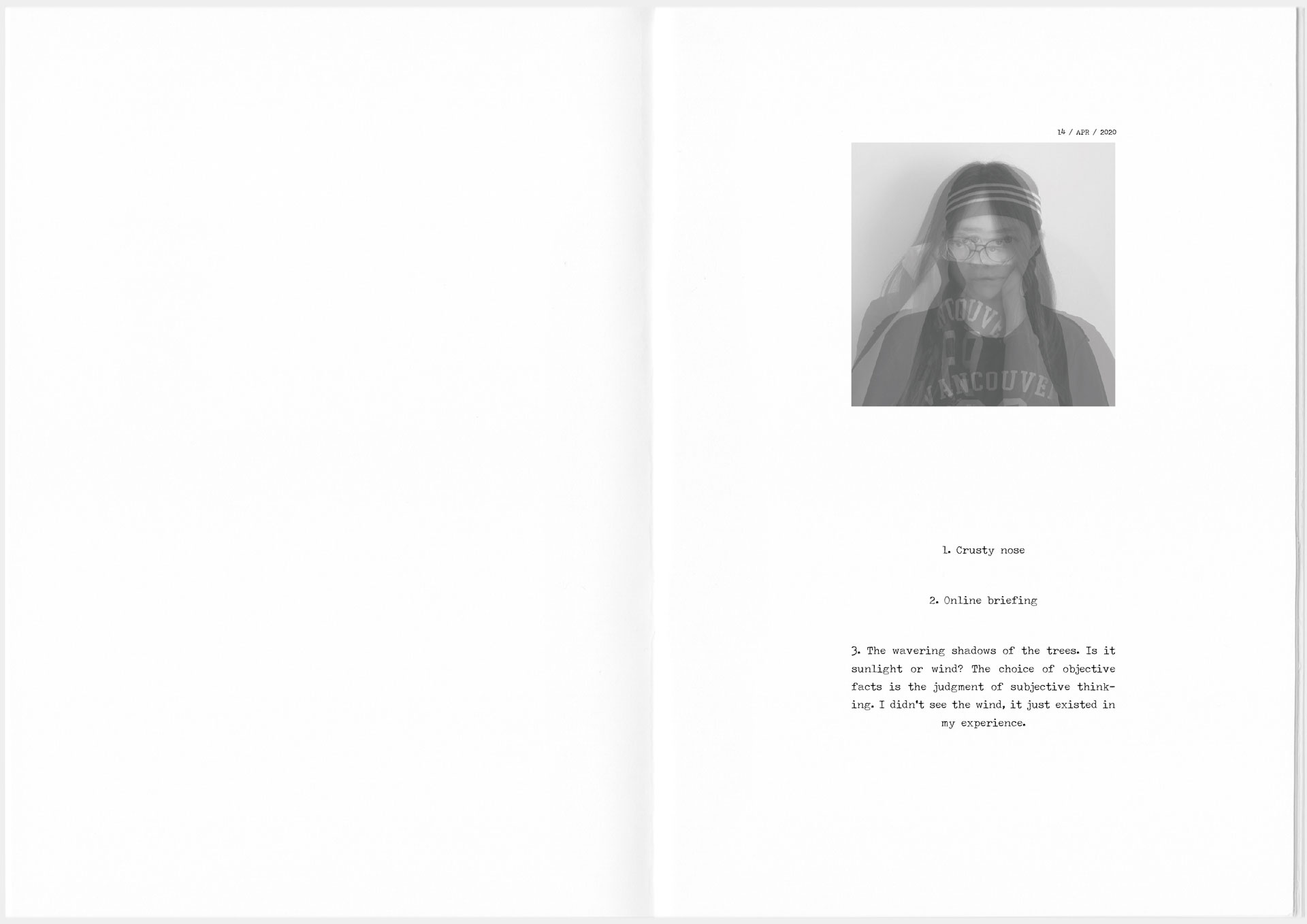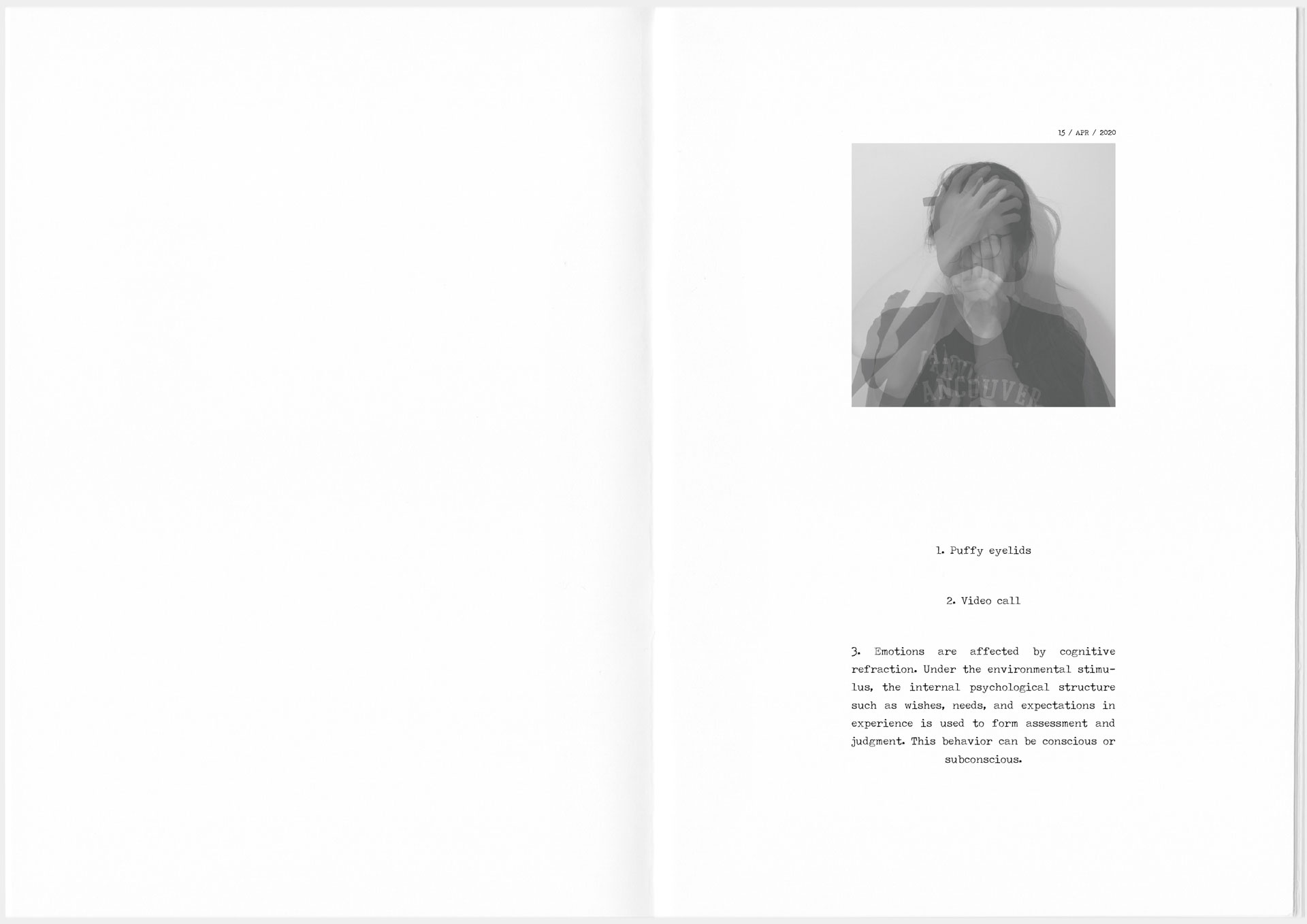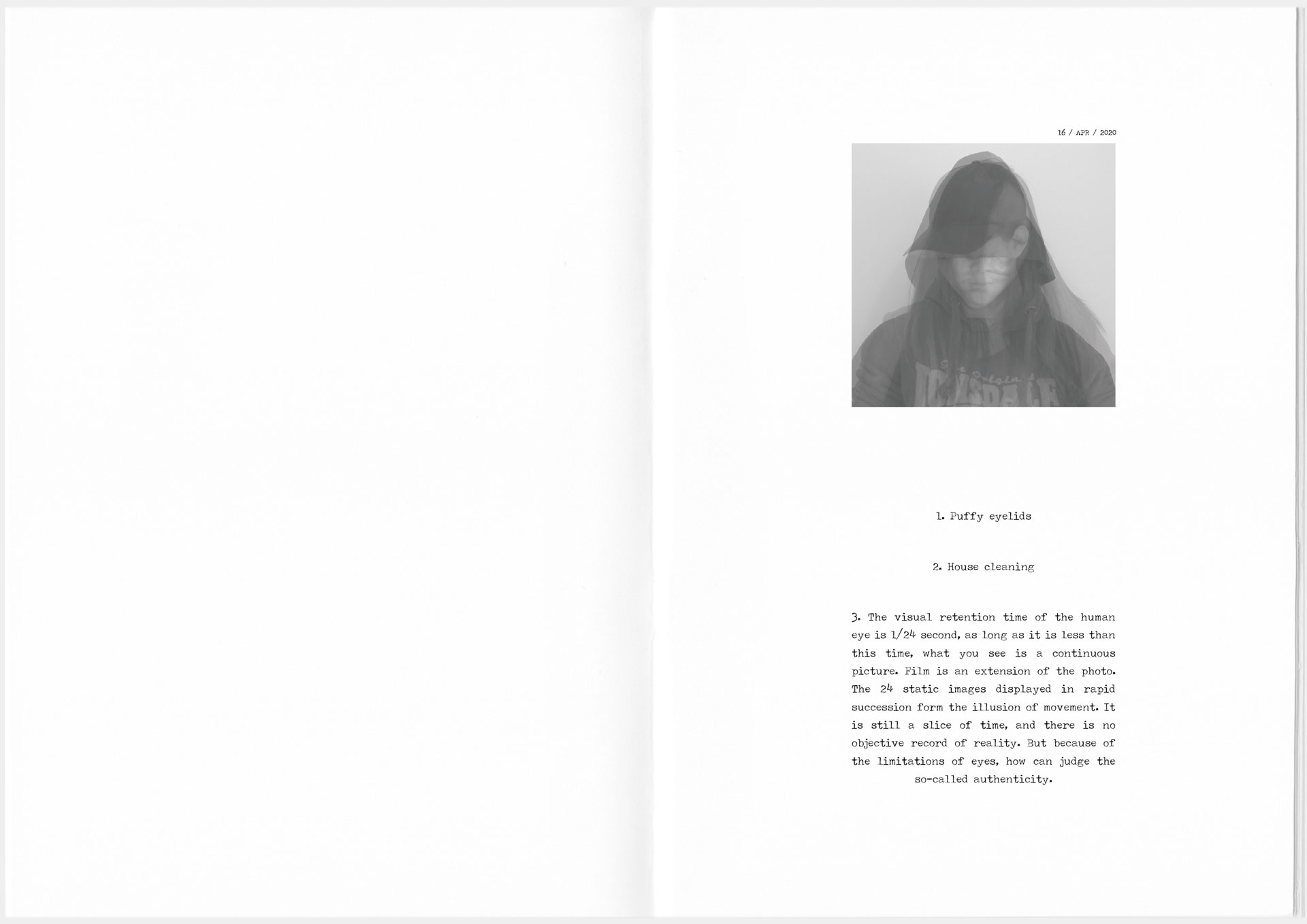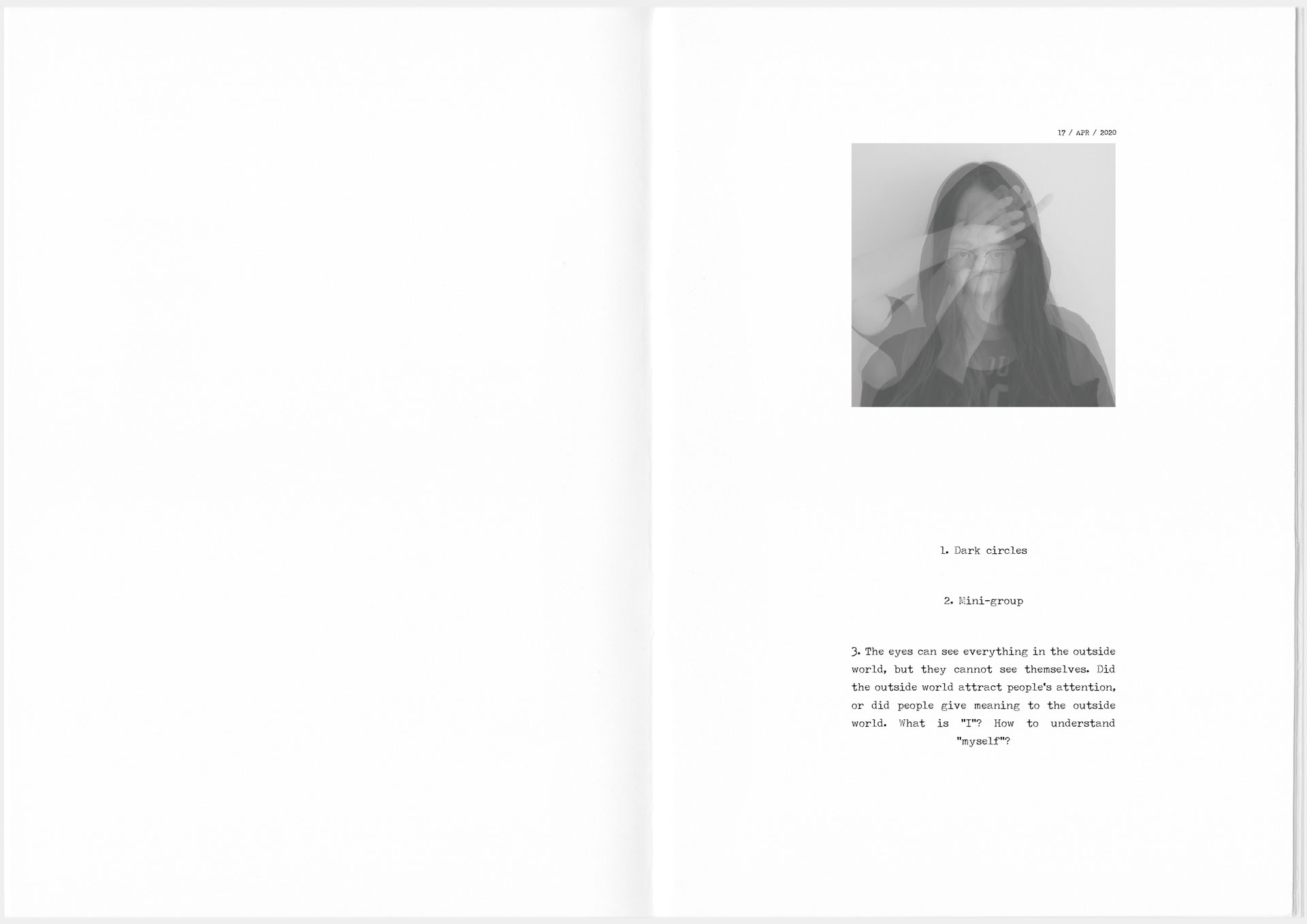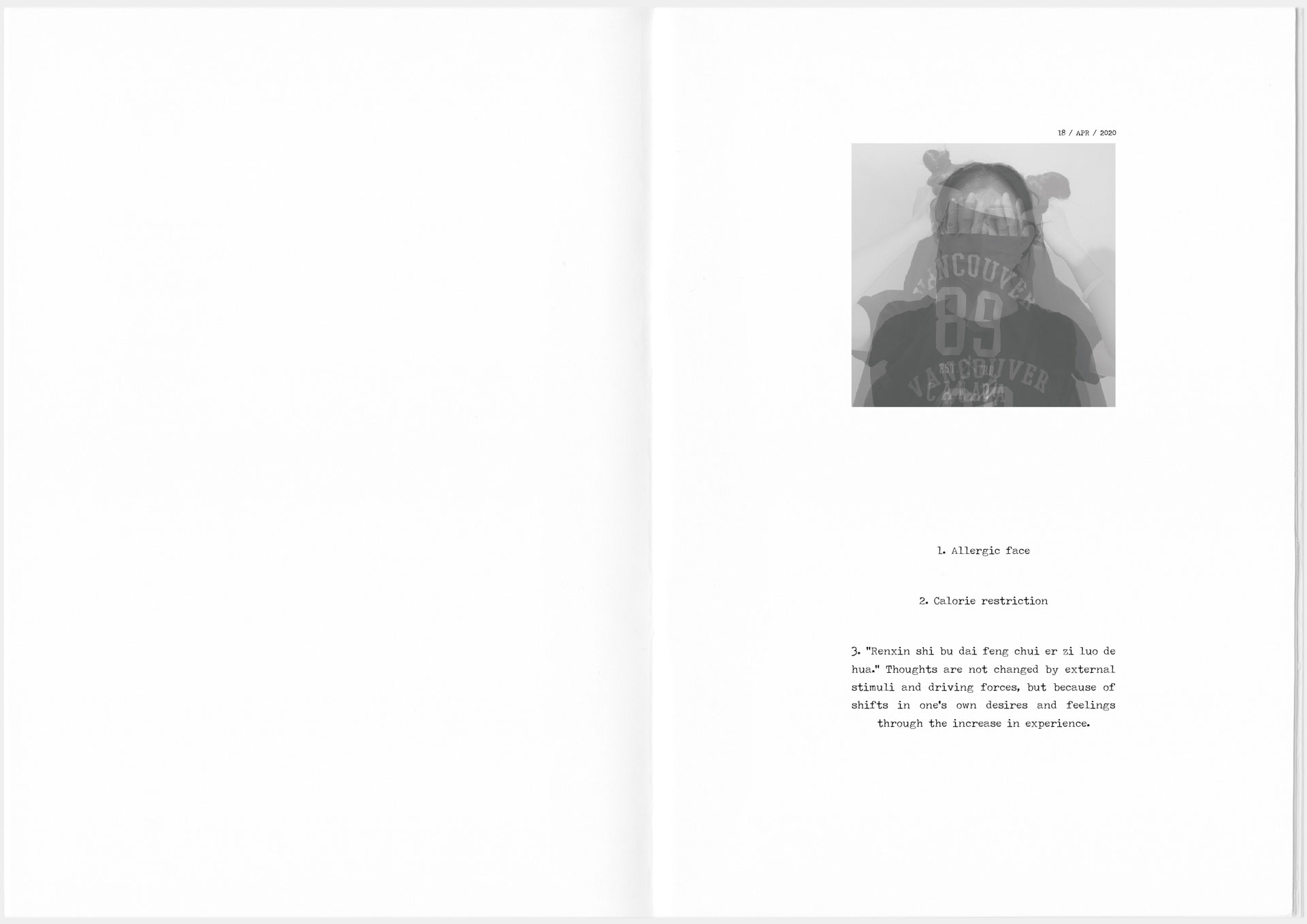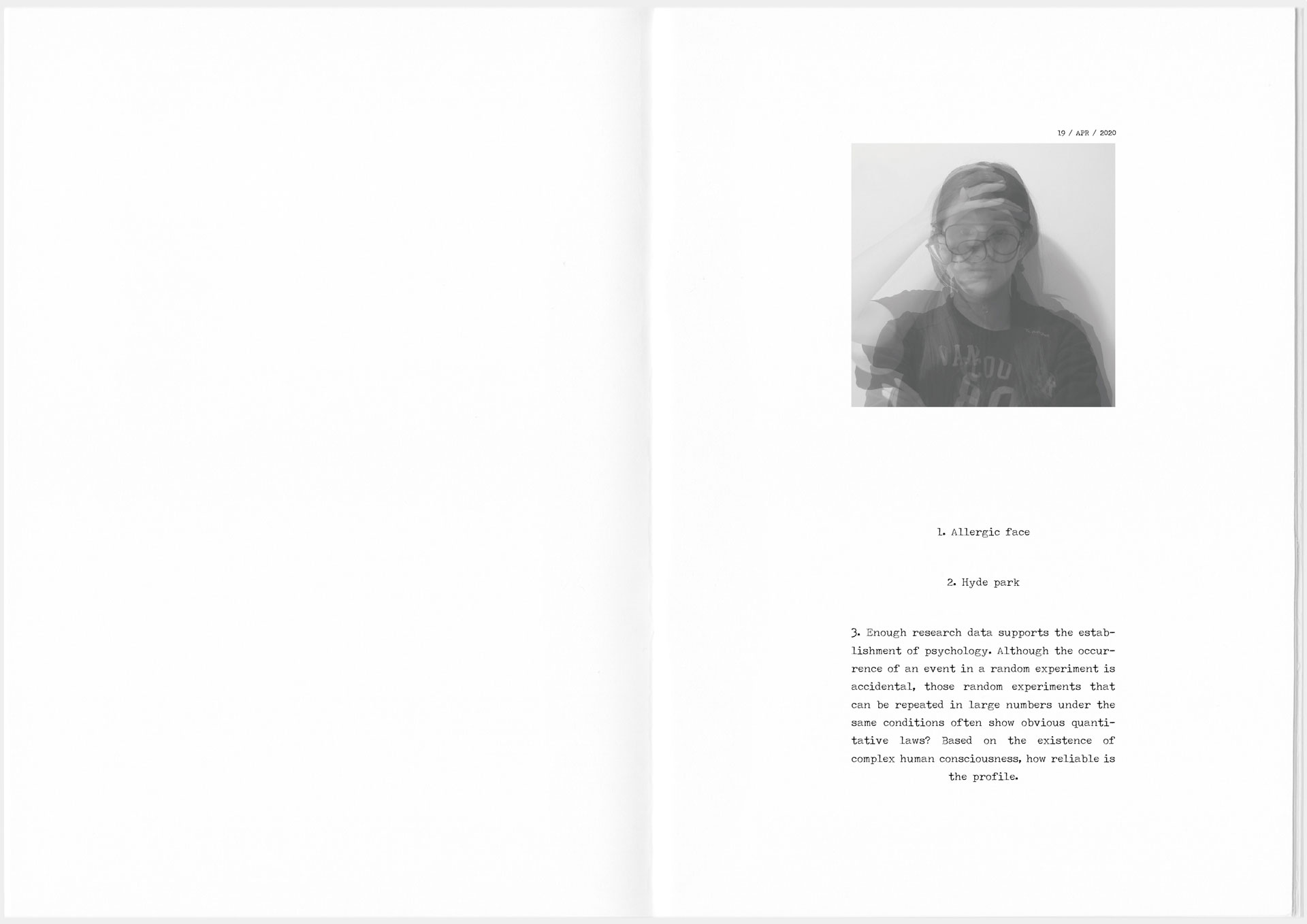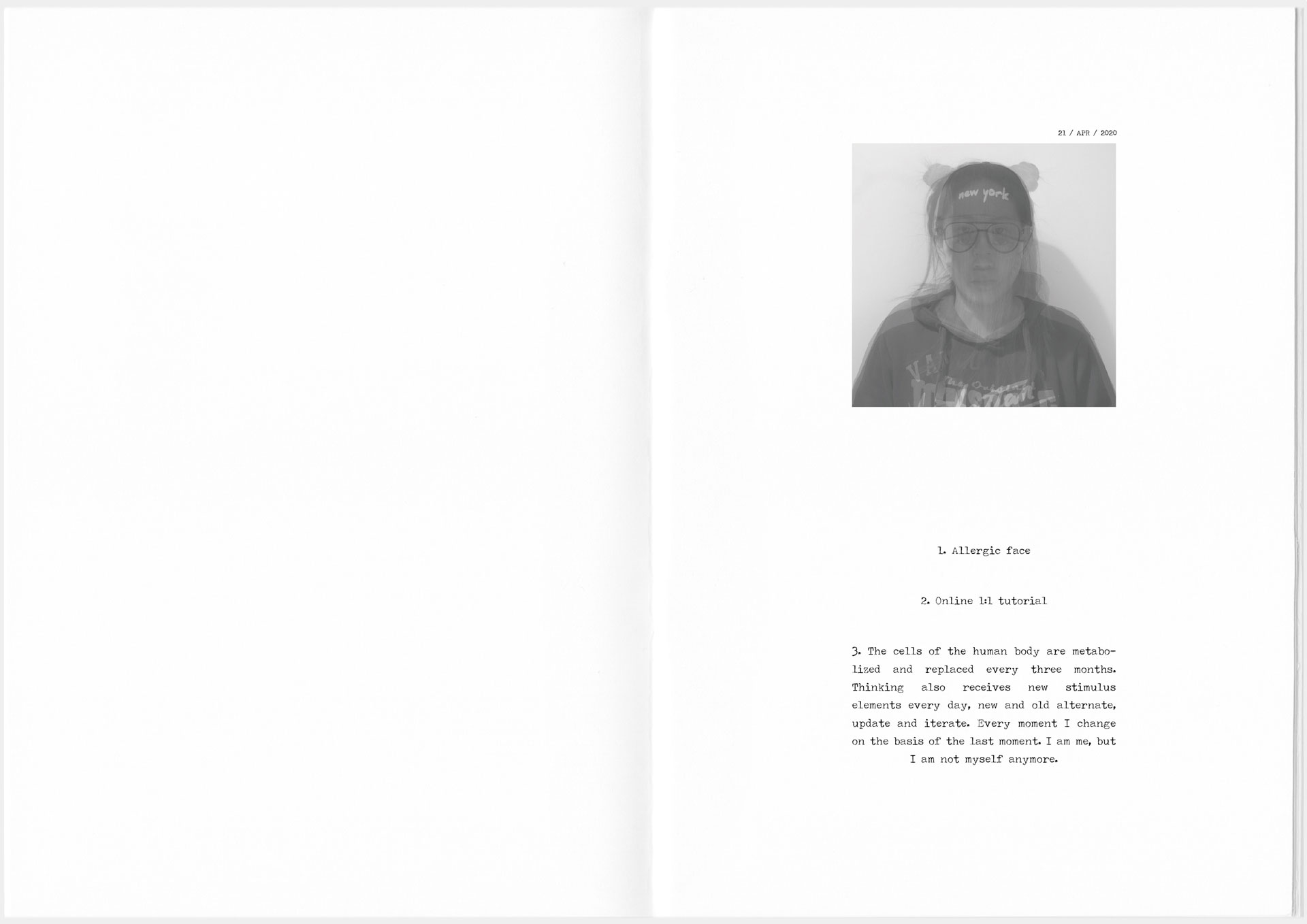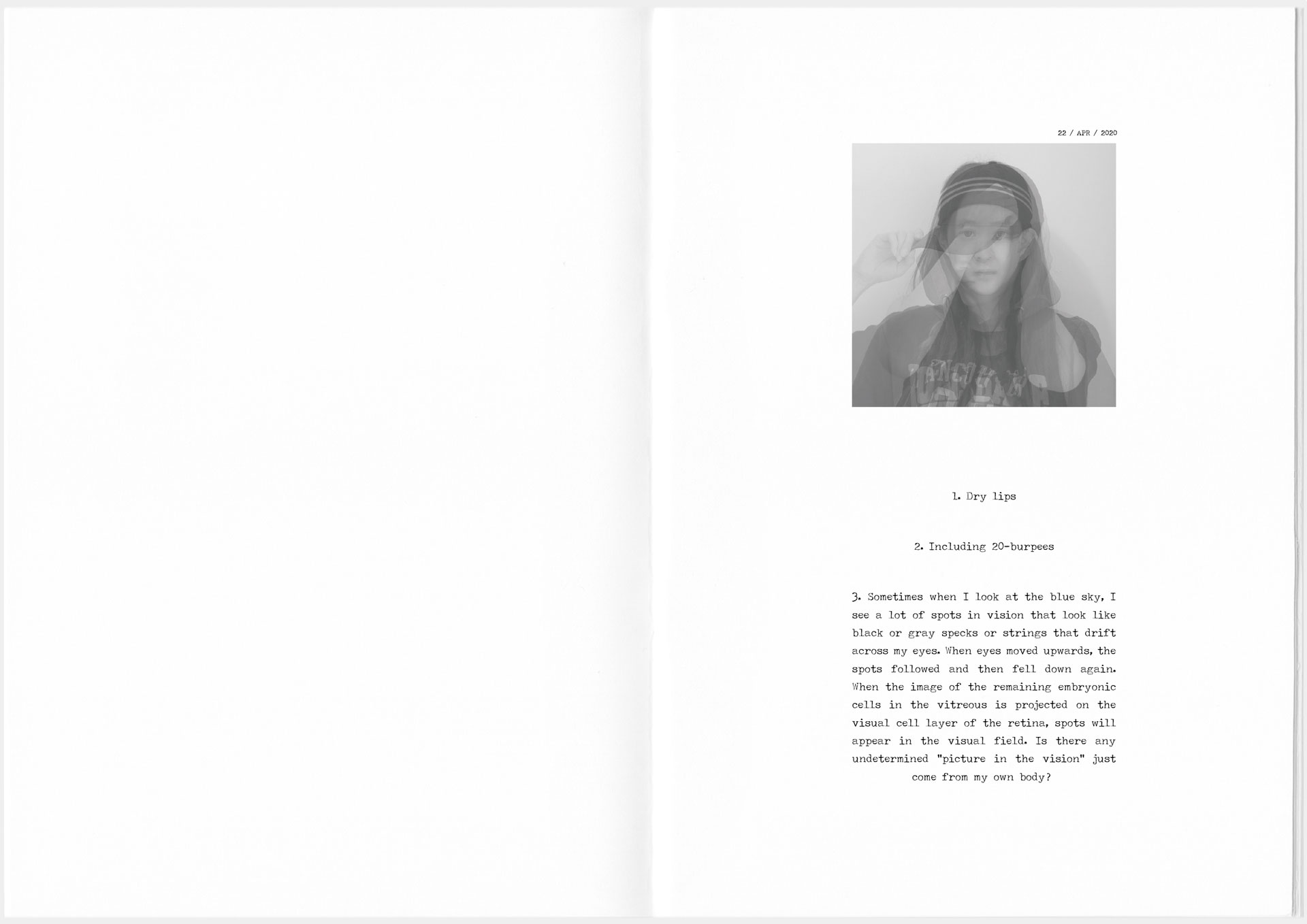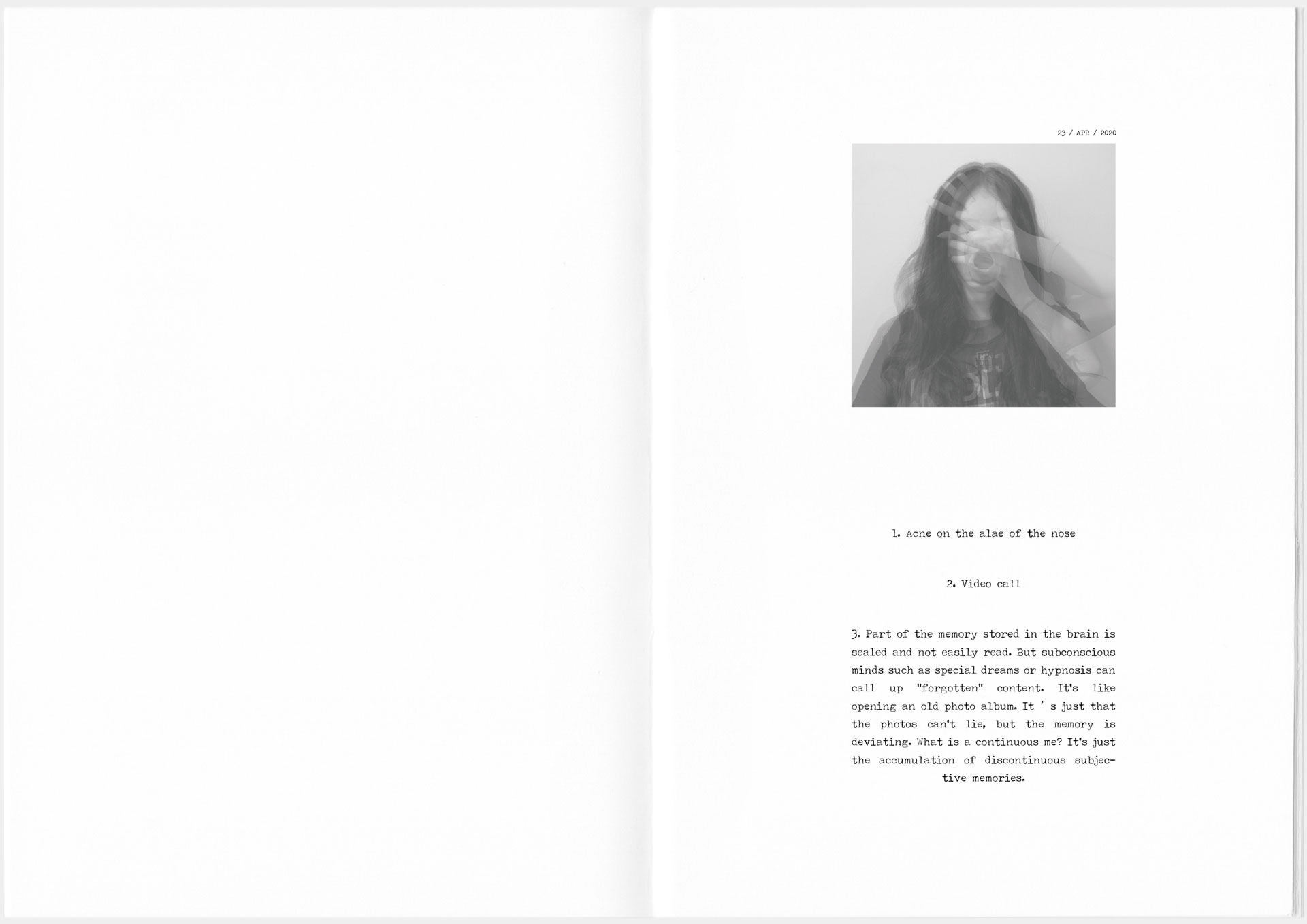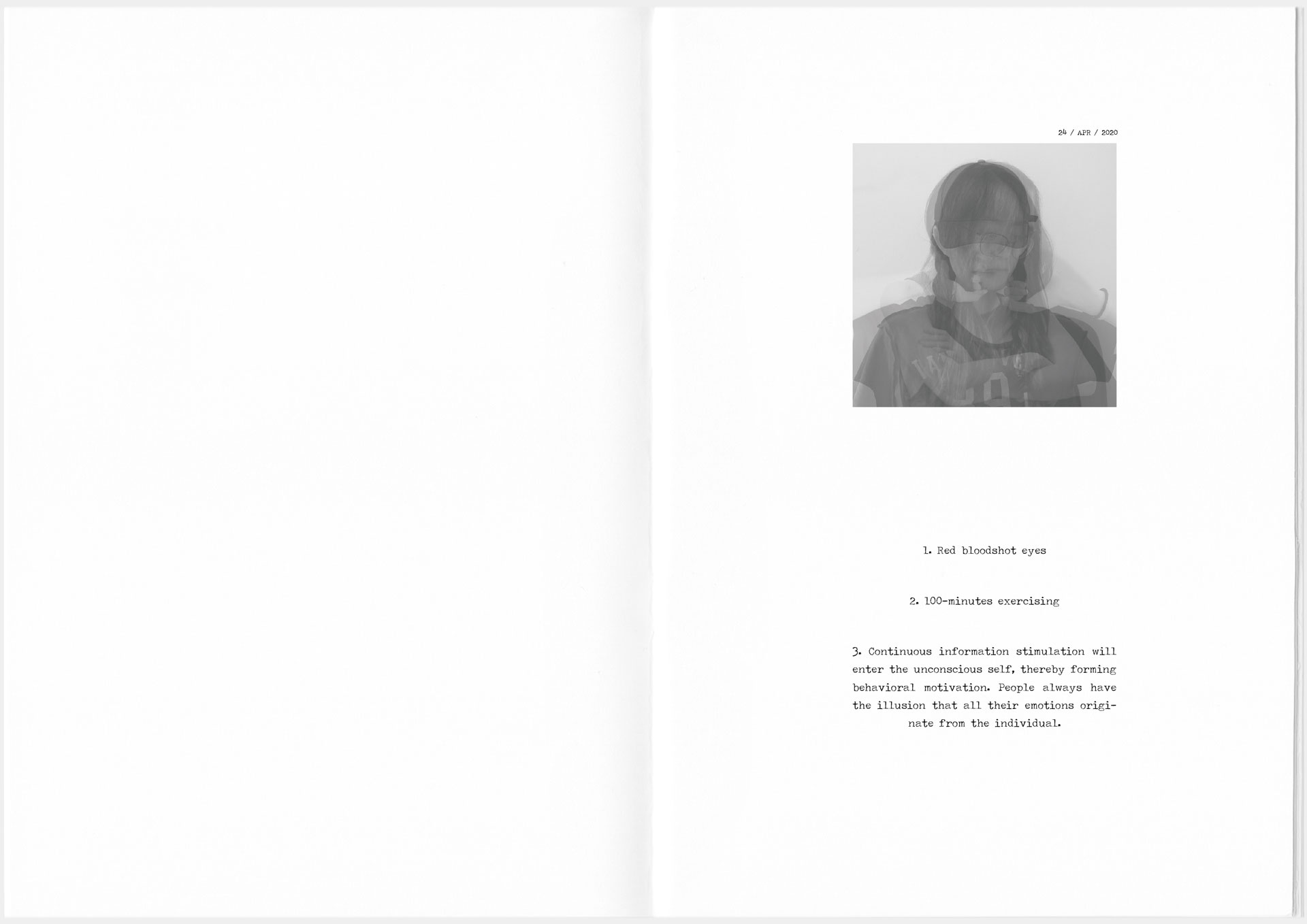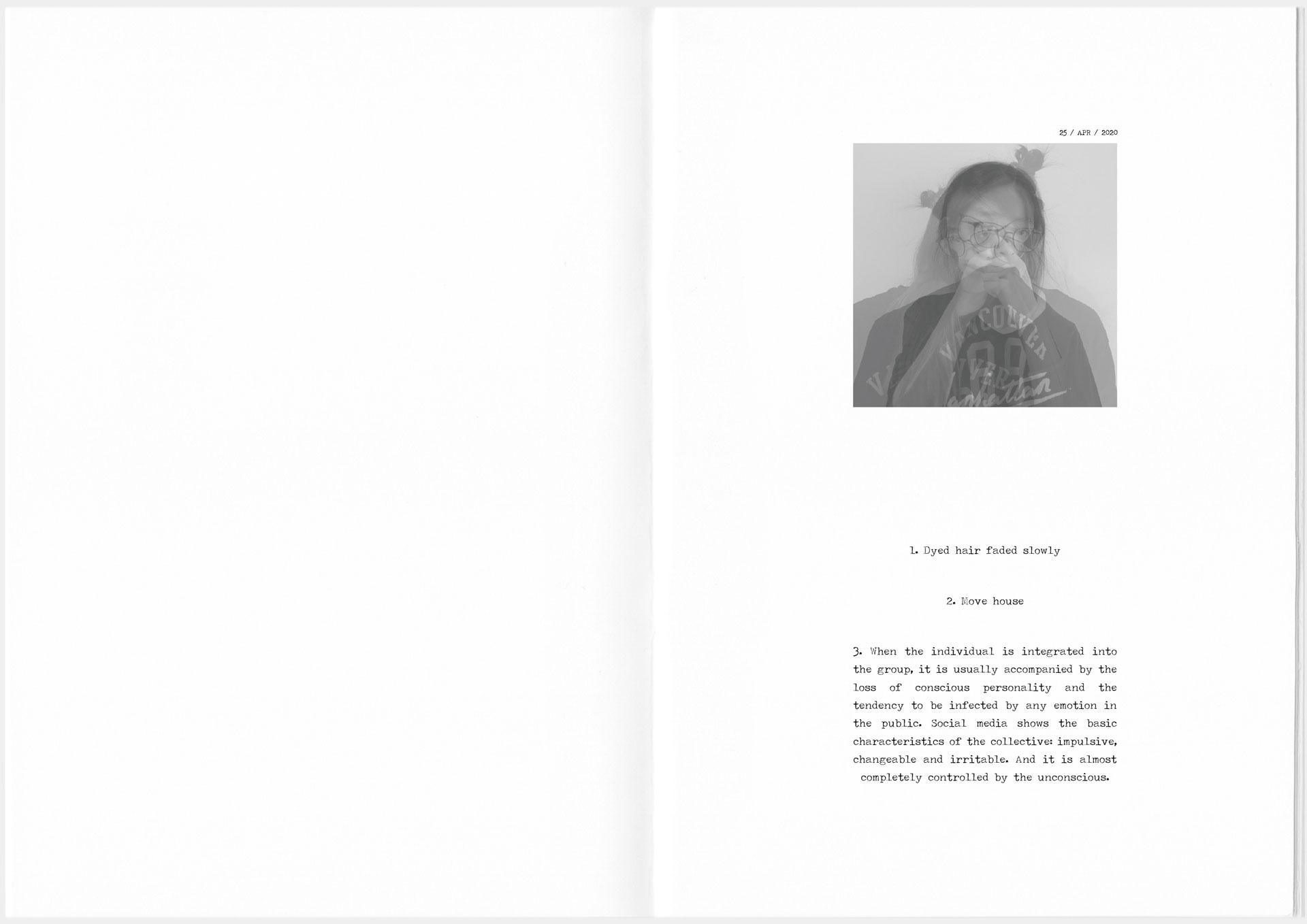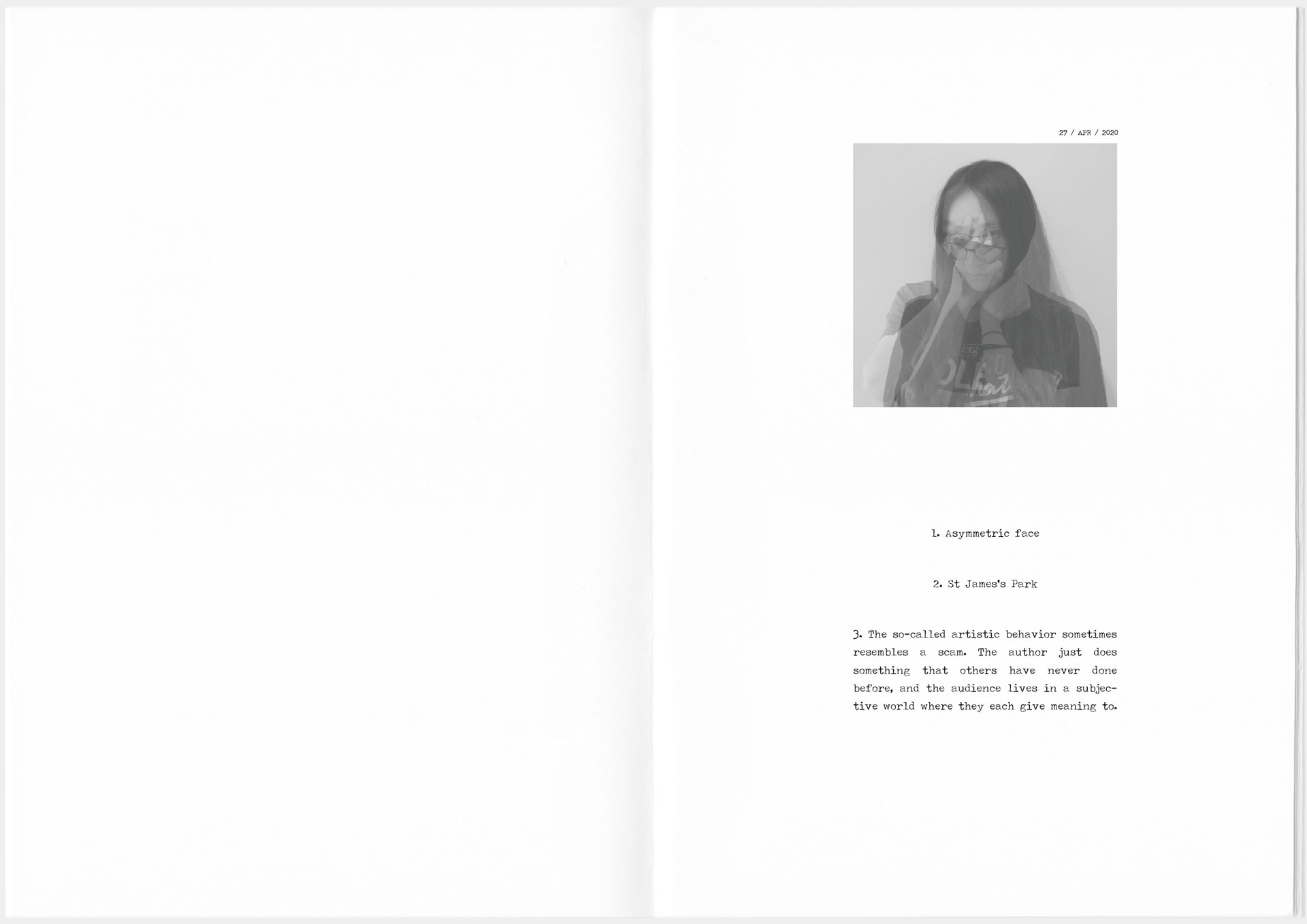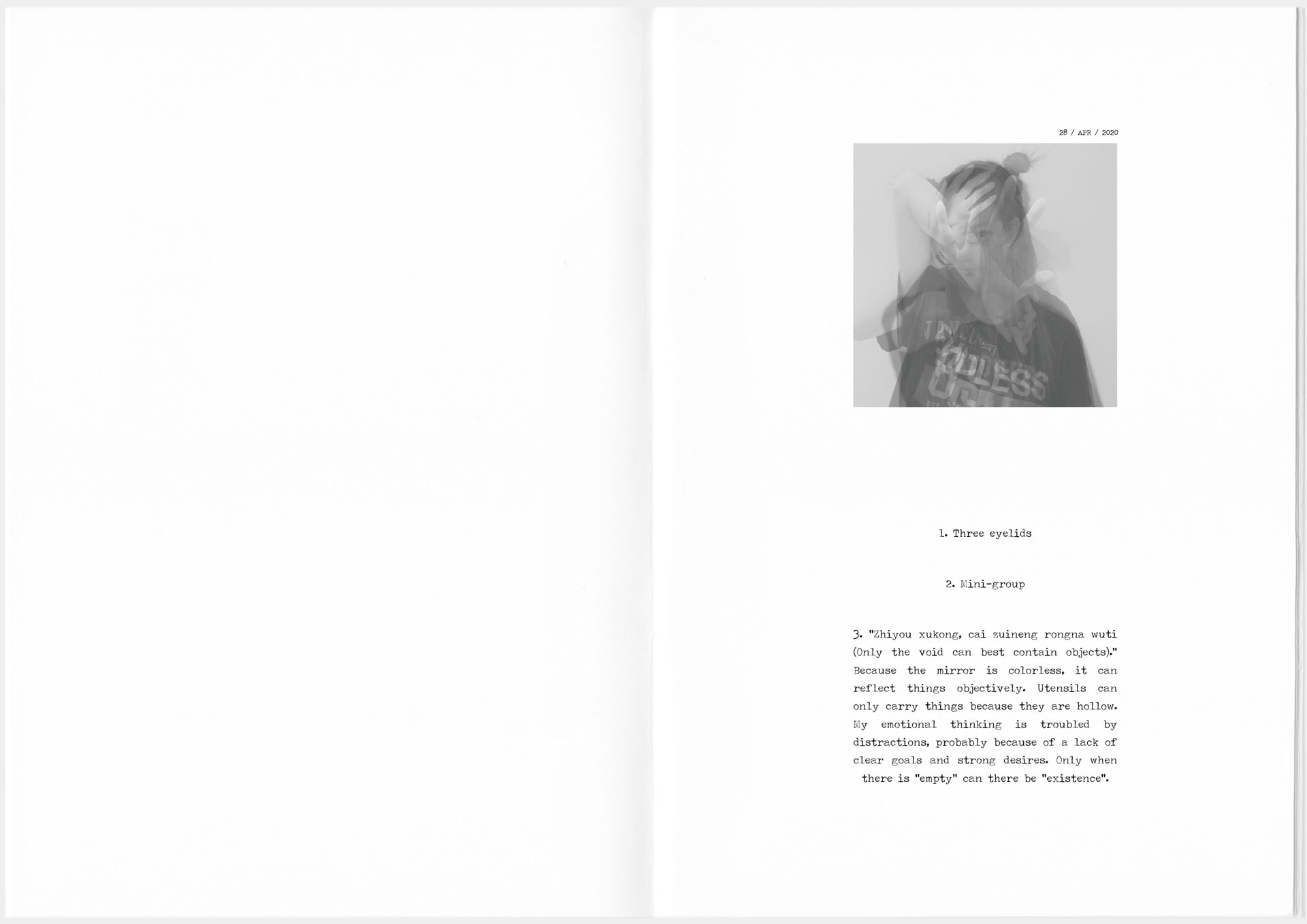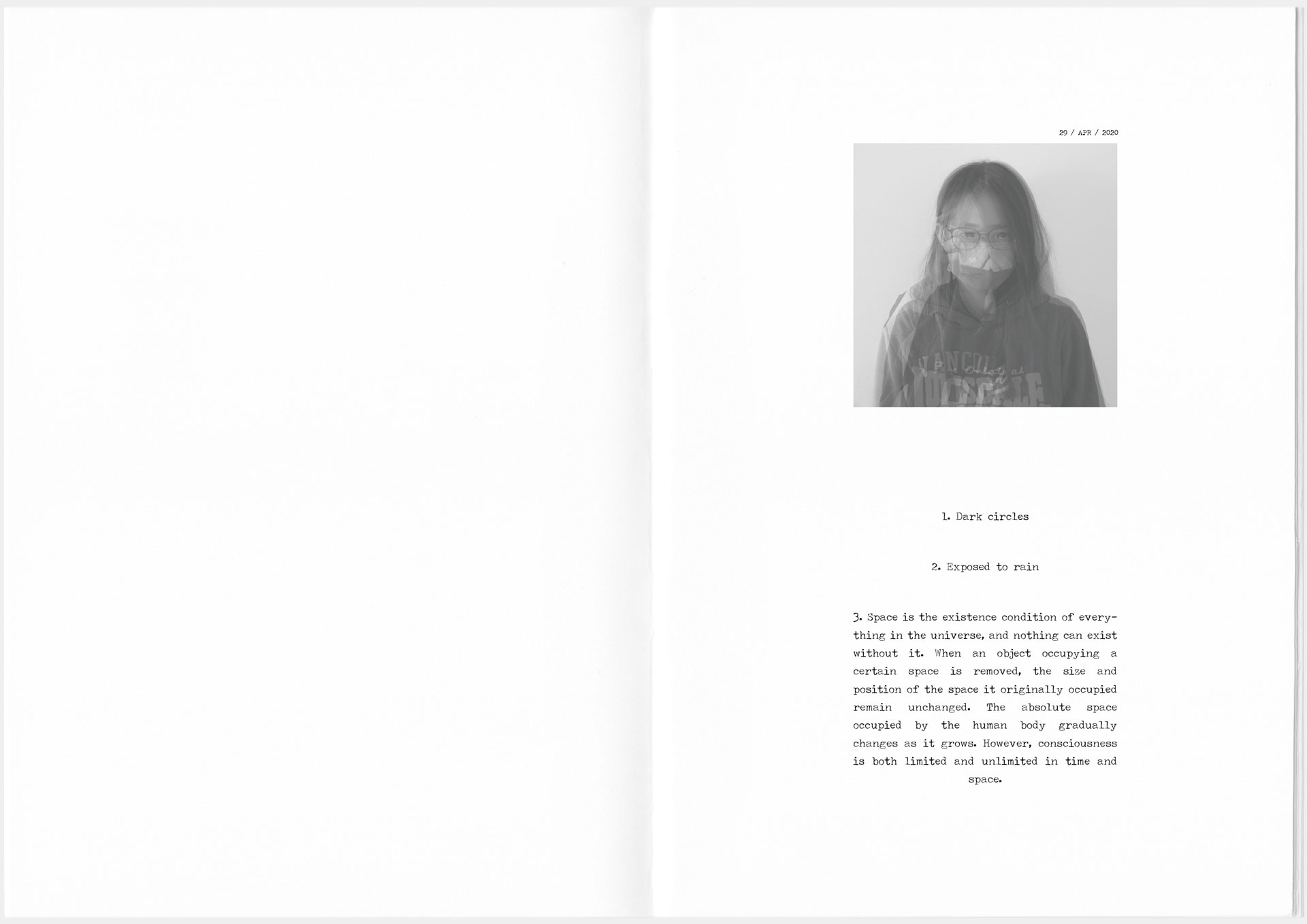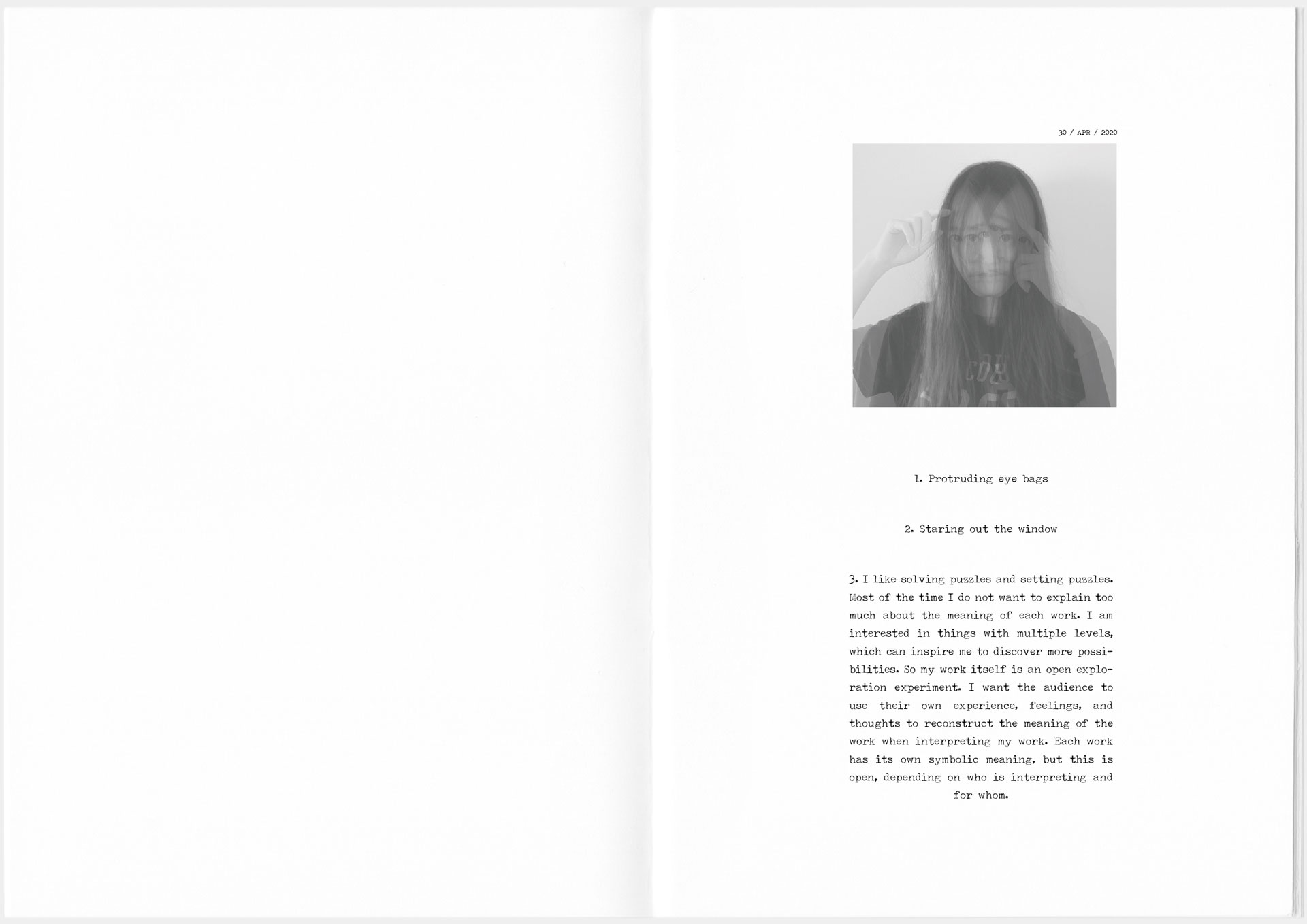Skandhas means "heaps, aggregates, collections, groupings". In Buddhism, it refers to the five aggregates of clinging, the five material and mental factors that take part in the rise of craving and clinging. They are also explained as the five factors that constitute and explain a sentient being's person and personality. The five aggregates or heaps are: form or material image, impression; sensations or feelings, received from form; perceptions; mental activity or formations, consciousness. When the sutra says that the Five Skandhas have the character of emptiness, the sense is: no limiting qualities are to be attributed to the absolute; while it is immanent in all concrete and particular objects, it is not in itself definable.
Lacan believes that as a baby, there is no concept of self. At this time, the baby is integrated with the entire world in the imagination, and it cannot distinguish between me, it is not a subject, and of course it is not an object. By seeing his own image in the mirror, the baby discovers his existence. But at this time, the babies just recognized the biological "I", and they have not yet appeared the social "I". Later, children accepted the socio-cultural structure through the symbolic structure of language, and thus realized the relationship between themselves, others and the world. Toddlers transition from imagination to symbolism. The role of the symbolic world is to incorporate human instincts into social norms, marking the realization of human sociality and culture. The subject began to form at this stage, and the social "I" began to appear.
Lacan believes that as a baby, there is no concept of self. At this time, the baby is integrated with the entire world in the imagination, and it cannot distinguish between me, it is not a subject, and of course it is not an object. By seeing his own image in the mirror, the baby discovers his existence. But at this time, the babies just recognized the biological "I", and they have not yet appeared the social "I". Later, children accepted the socio-cultural structure through the symbolic structure of language, and thus realized the relationship between themselves, others and the world. Toddlers transition from imagination to symbolism. The role of the symbolic world is to incorporate human instincts into social norms, marking the realization of human sociality and culture. The subject began to form at this stage, and the social "I" began to appear.
What am I?


